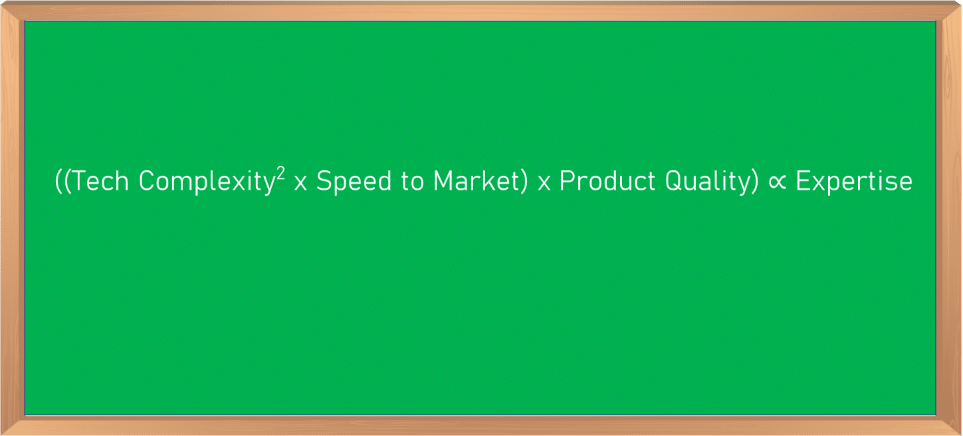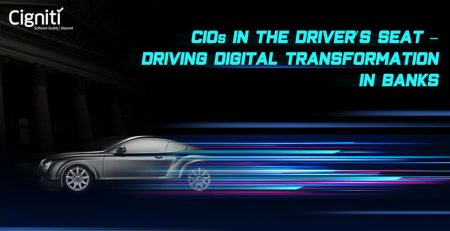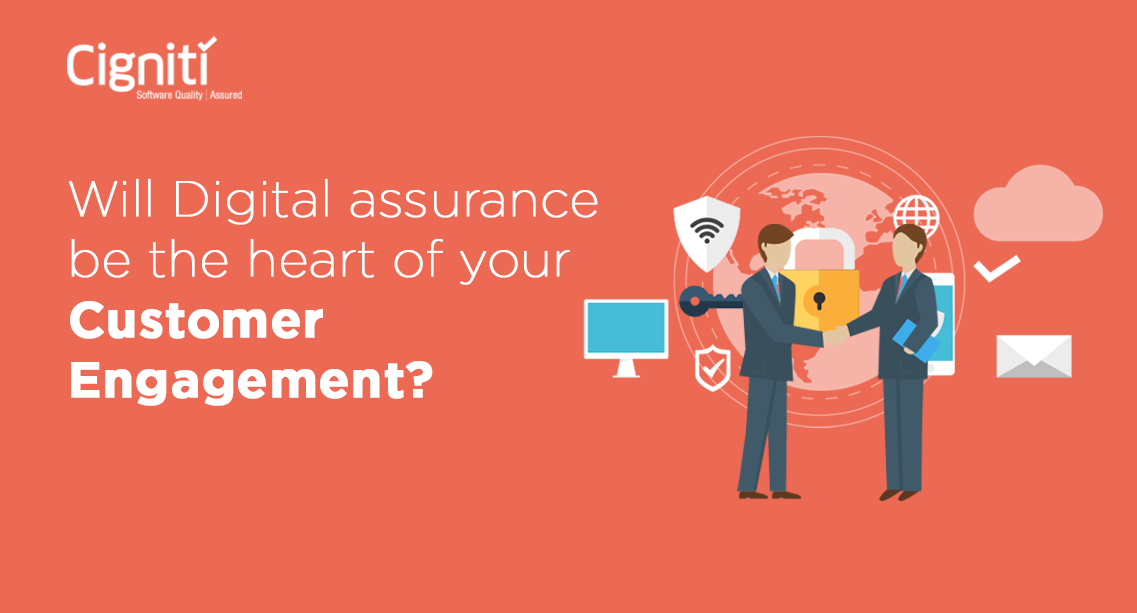Getting Started with the Digital Complexity Paradigm
A very belated Happy New Year to everyone, and as we enter 2022, here is to hope for a new horizon – or at least the return to a normal horizon (whatever normal means anymore)! Let’s start off the new year with a puzzler. (No reading ahead!) What household item has been around for over 225 years, exists in over 90% of the homes in the world, has barely evolved since its invention, yet sets the stage for one of the greatest digital transformations of the last two decades?
If you guessed a teapot or a rug, you would be wrong. What about a sink? Or a chair. Wrong again. How about the broom? Ding, ding, ding…we have a winner. In 1797, Massachusetts farmer Levi Dickinson is credited with making the first modern-day broom. He made it for his wife as a gift to clean their house – what a guy! With Mr. Dickinson’s loving sentiment aside, you are now wondering why I am giving a history lesson on the broom, and what it has to do with digital transformation. It could be successfully argued that the broom is the least digital household item in the world. Let me connect the dots.
The modern-day broom was a game changer for its time. In fact, by 1839, the United States had 303 broom factories; a number that grew to 1,039 by 1919. That is a lot of brooms. With the advent of the vacuum cleaner by the end of the 19th century – and while it would be several decades before the broom took a backseat to the vacuum – one of the first major consumer-facing industrial transformations was underway, setting the course for a Jetsons-age digital transformation that would come 102 years later. I will bring this back full circle in the subsequent blogs in this series but let me first introduce the Digital Complexity Paradigm.
Flashback to your early school days – let’s say 3rd period math class to be exact. (Apologies in advance if this image brings back as many bad memories for you as it does for me.) Your teacher enters the room and, without a word, writes some draconian math problem on the chalk board and then lays down the challenge to the class – the first person to solve the problem gets extra credit. Now, replace the classroom with a conference room. Replace the math teacher with CEO/CTO/CDO (take your pick). Replace extra credit with saving your company’s competitive advantage. And finally, replace the math problem with the Digital Complexity Paradigm equation you see below:
 So let’s break down the Digital Complexity Paradigm equation into each of its individual components so I can relate why it is relevant to every organization doing any form of digital AND why the solution to this problem is such a challenge for many organizations.
So let’s break down the Digital Complexity Paradigm equation into each of its individual components so I can relate why it is relevant to every organization doing any form of digital AND why the solution to this problem is such a challenge for many organizations.
Tech complexity²
Here we sit in January of 2022, and at the time of this writing, I can confidently say that digital – whether that be evolution or transformation – is never going to be as straight forward as it is today. And I say this knowing full well that digital today is not straight forward; if it were, everybody would be getting it right (and spoiler alert, many are still not getting it right). And to the chagrin of many, it is just going to keep getting more complex – think of Web 3.0, the advances in adoption of AI & ML, 5G, IoT, AR, VR…the list goes on.
It is crazy to think that while we have been hearing all these buzz words for a few years now, we are not yet to the full practical application and mass adoption of these “next horizons”, whether that be in support of the enterprise, driving operations, as part of digital commerce, so on and so forth. The technical complexity of digital is simply going to continue to get more and more complex. If that is where the story ended, it would still be a significant mountain to climb.
But of course, it doesn’t end there, and that leads us to the next component…
Speed to Market
We can’t look at digital and digital complexity without considering speed to market. Nobody is out there pounding on their chest that they got digital “right”, but oh yeah, it took a long time and the competition was faster. Speed is no longer a luxury or an option; it is a necessity, as speed to market is a key determinant of success in the digital age. Many of you might remember the old public service announcement pointed at teen drivers – “speed kills”. Well, with digital, the opposite is true, as you all know – lack of speed kills. The legacy of digital initiatives that failed simply because of being late to market is long and distinguished, and it will continue to grow.
So, we will all violently agree that digital is complex, and, of course, it has to be delivered fast. But wait, we are not done yet…
Product Quality
Oh yeah…quality. Everyone’s favorite word. Digital is not just a factor of speed – it must be done “right”…if not done great. There has never been a time when quality has been more important. (A simple Google search on ‘digital transformation failures’ is a simple proof point of this statement.) With business outcomes so intertwined with customer value, and customer value so dependent on the customer experience, it can easily be argued that product quality stands as an equal with innovative technological features and the ability to get those features into the hands of end users quickly. Yet is still being disregarded as organizations put an inordinate amount of focus on the first two components of the equation.
So, what does this equation prove? Simply put, digital evolution and digital transformation are technologically complex. They need to be delivered fast with great quality and the only way to achieve success is with a directly proportionate amount of Digital Assurance expertise. (Digital Assurance is a set of quality engineering practices to ensure smooth interactions between the many components of Digital Ecosystems – encompassing platforms, processes, data and people.)
Now let’s get back to that broom topic. Why is it relevant and how it does it relate to the digital complexity paradigm? Well, like any good cliffhanger, you will have to come back for Blog #2 in this series when I break down the first element of the equation – “Tech complexity²”.
Conclusion
Organizations have reimagined their business structures and consumer strategies as a result of the shift to digital-first. Traditional QA methods and infrastructure must be completely overhauled as part of a successful digital transformation strategy.
Cigniti’s Digital Assurance & Testing solutions handle the many facets of digital transformation while maintaining agility and customer centricity at its core. We test your complete digital value chain, including digital marketing, web portals, web content, digital assets, web analytics, and the full digital ecosystem, which includes cloud, mobility, big data, and connected devices.
Need help? Consult our experienced team of digital assurance and testing experts to learn more about the digital complexity paradigm and to experience a smooth digital transformation.





Leave a Reply